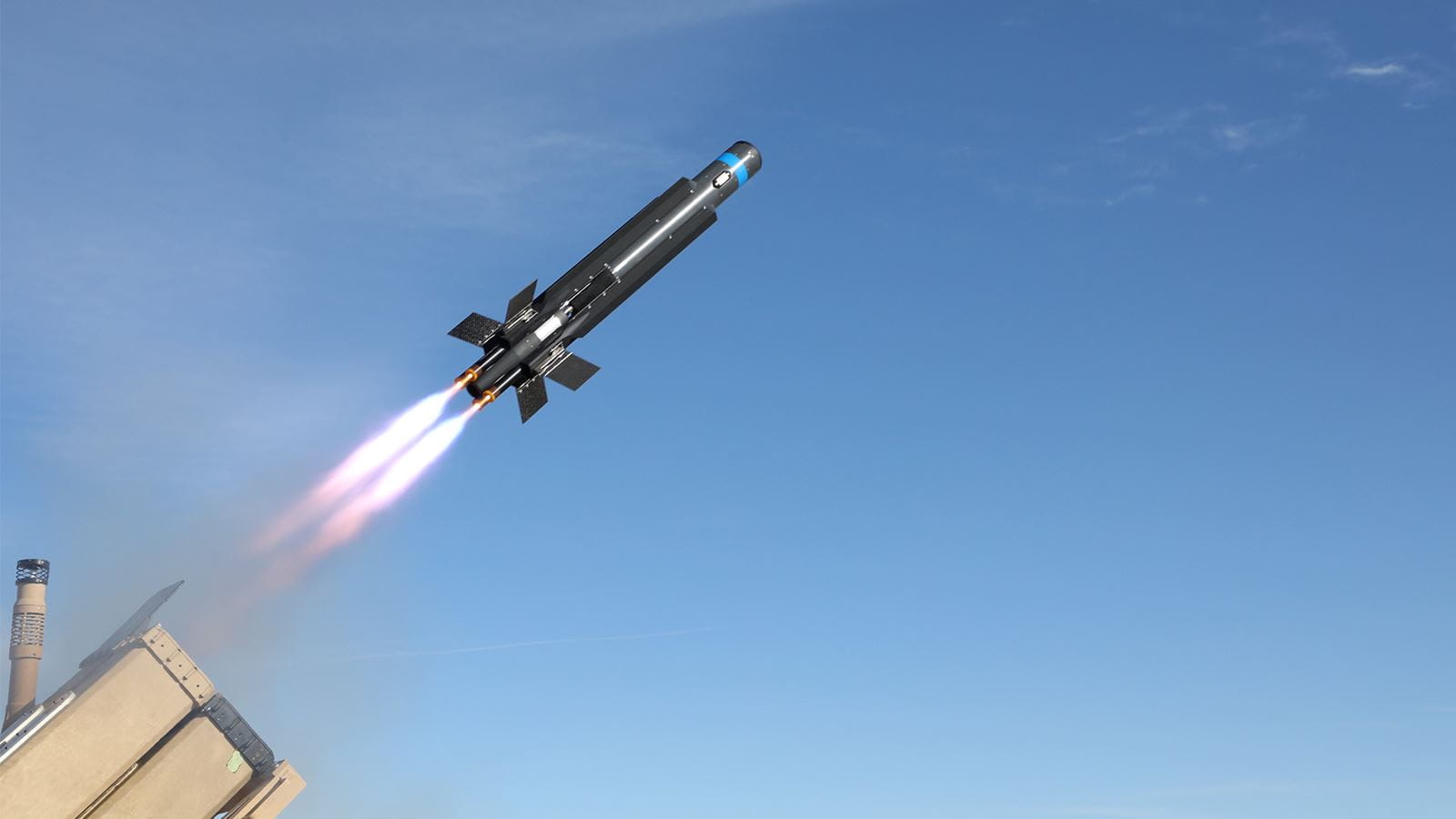Raytheon, an RTX (NYSE: RTX) business demonstrated the capabilities of the Ku-band Radio Frequency Sensor, known as KuRFS, the Coyote™ Block 2 kinetic effector, and the Block 3 non-kinetic effector during the U.S. Army’s annual summer test period. Testing requirements against high-speed, maneuvering targets, the systems tested their essential detect and defeat capabilities as part of the Low, slow, small-unmanned aircraft Integrated Defense System, or LIDS, the Army’s go-to counter-drone solution. The persistent, 360-degree KuRFS radar excelled in a stress test, successfully detecting and tracking a swarm of unmanned aircraft vehicles. Coyote defeated targets, singles and swarms, demonstrating reduced engagement timelines to defeat multiple threats. The tests validated software enhancements made to both systems.
“These systems were developed to effectively defeat unmanned aircraft systems and designed to easily incorporate updates to outpace this ever-evolving threat. By continuously building on the combat-proven capabilities and performance of both KuRFS and Coyote, ground forces around the globe can gain a significant advantage in the defense against the threat of enemy drones,” said Tom Laliberty, president of Land and Air Defense Systems at Raytheon.

KuRFS precision targeting radar and the scaled Ku720-2 XBAEU distributed, mobile sensing radar deliver 360-degree, persistent detection, identification and tracking of airborne threats. The Coyote Block 2 kinetic effector and the Block 3 non-kinetic effector defeated multiple drones varying in size and maneuverability. The U.S. Army is currently bolstering its counter-drone defenses through a series of recent contracts totaling $374.8 million to equip customers with LIDS. These include a contract that supports a fourth division with systems and support services. Demand for the combat-proven Coyote kinetic effector has increased. Raytheon has further invested in test equipment and tooling to support and sustain increased capacity ahead of schedule.
Raytheon, an RTX business, is a leading provider of defense solutions to help the U.S. government, our allies and partners defend their national sovereignty and ensure their security. For more than 100 years, Raytheon has developed new technologies and enhanced existing capabilities in integrated air and missile defense, smart weapons, missiles, advanced sensors and radars, interceptors, space-based systems, hypersonics and missile defense across land, air, sea and space. With more than 185,000 global employees, RTX pushes the limits of technology and science to redefine how we connect and protect our world. Through industry-leading businesses – Collins Aerospace, Pratt & Whitney, and Raytheon – we are advancing aviation, engineering integrated defense systems, and developing next-generation technology solutions and manufacturing to help global customers address their most critical challenges. The company, with 2023 sales of $69 billion, is headquartered in Arlington, Virginia.















